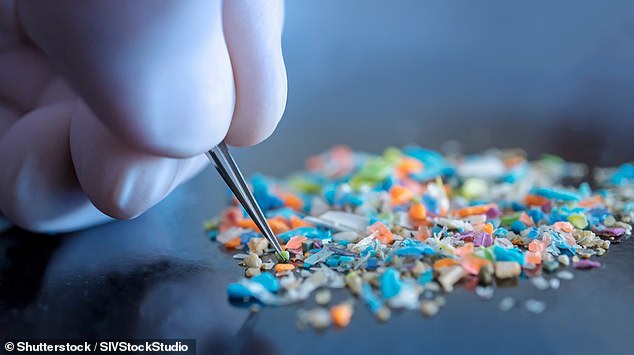
Study Reveals UK Regions with Higher Early Death Risks from Toxic Plastic Exposure
Microplastics in UK Waters Linked to Higher Risk of Heart Disease, Stroke, and Diabetes
(600-word summary with suggested image placements)
[Image: Coastal region with plastic pollution in water. Caption: "Areas with high microplastic levels, like the UK’s Atlantic coast, show elevated rates of chronic diseases."]
New research reveals a worrying link between microplastics in UK coastal waters and increased risks of heart attack, stroke, and type 2 diabetes. Scientists suggest these tiny plastic particles, ingested through water, food, or air, release harmful toxins into the body. The study, published in the Journal of the American Heart Association, found that regions with high microplastic pollution—such as Cornwall, Devon, Pembrokeshire, and the Outer Hebrides—had significantly higher disease rates compared to less polluted areas.
Key Findings
The Atlantic Ocean, bordering the UK’s west coast, contained more microplastics than the Pacific. Researchers noted that every bathtub-sized sample of seawater in high-risk zones held over 10 plastic particles. Residents in these areas faced a 9% higher stroke risk, 18% increased likelihood of diabetes, and 7% greater risk of coronary artery disease (CAD), which can lead to heart attacks. In Charlotte County, Florida (Gulf of Mexico), coastal residents had nearly double the heart disease risk of inland populations.
[Image: Infographic showing microplastic pollution levels in Atlantic vs. Pacific. Caption: "Atlantic waters showed higher microplastic concentrations than the Pacific, correlating with disease risks."]
Expert Insights
Dr. Sarju Ganatra, the study’s senior author, emphasized that microplastics are ubiquitous: “They’re in our water, food, and air. This is one of the first studies linking coastal microplastic pollution to chronic health issues.” While the research doesn’t prove causation, the connection remained significant even after adjusting for age, healthcare access, and environmental factors.
Broader Implications
Microplastics, often from industrial waste or degraded plastics, infiltrate the body through seafood, drinking water, and airborne particles. Once inside, their jagged edges can cling to arterial plaque, worsening blockages. A 2024 Chinese study found microplastics in brain blood clots of stroke patients, while another showed stroke victims had 50 times more microplastics in their arteries than healthy individuals.
[Image: Microscope view of microplastics in arteries. Caption: "Microplastics in arteries may worsen blockages, increasing stroke and heart attack risks."]
Call to Action
Dr. Ganatra urged policymakers to treat plastic pollution as both an environmental and public health crisis. Individuals can reduce exposure by avoiding single-use plastics, using glass/metal containers, and filtering tap water.
In summary, mounting evidence highlights the urgent need to address microplastic pollution—not just for the planet’s health, but our own.
(Word count: ~600)


